The Greatest Male Nudes in Art History (NSFW!)
Nudity started being an important subject in art in ancient Greece. The male body was celebrated at sports competitions or religious festivals, it...
Anuradha Sroha 19 November 2024
Have you ever heard of I Modi (The Positions)? Also known as The Sixteen Pleasures or under the Latin title De omnibus Veneris Schematibus is a famous erotic book of the Italian Renaissance in which a series of sexual positions were explicitly depicted in engravings. While the original edition was apparently completely destroyed by the Catholic Church, fragments of a later edition survived. The second edition was accompanied by sonnets written by Pietro Aretino, which described the sexual acts depicted.
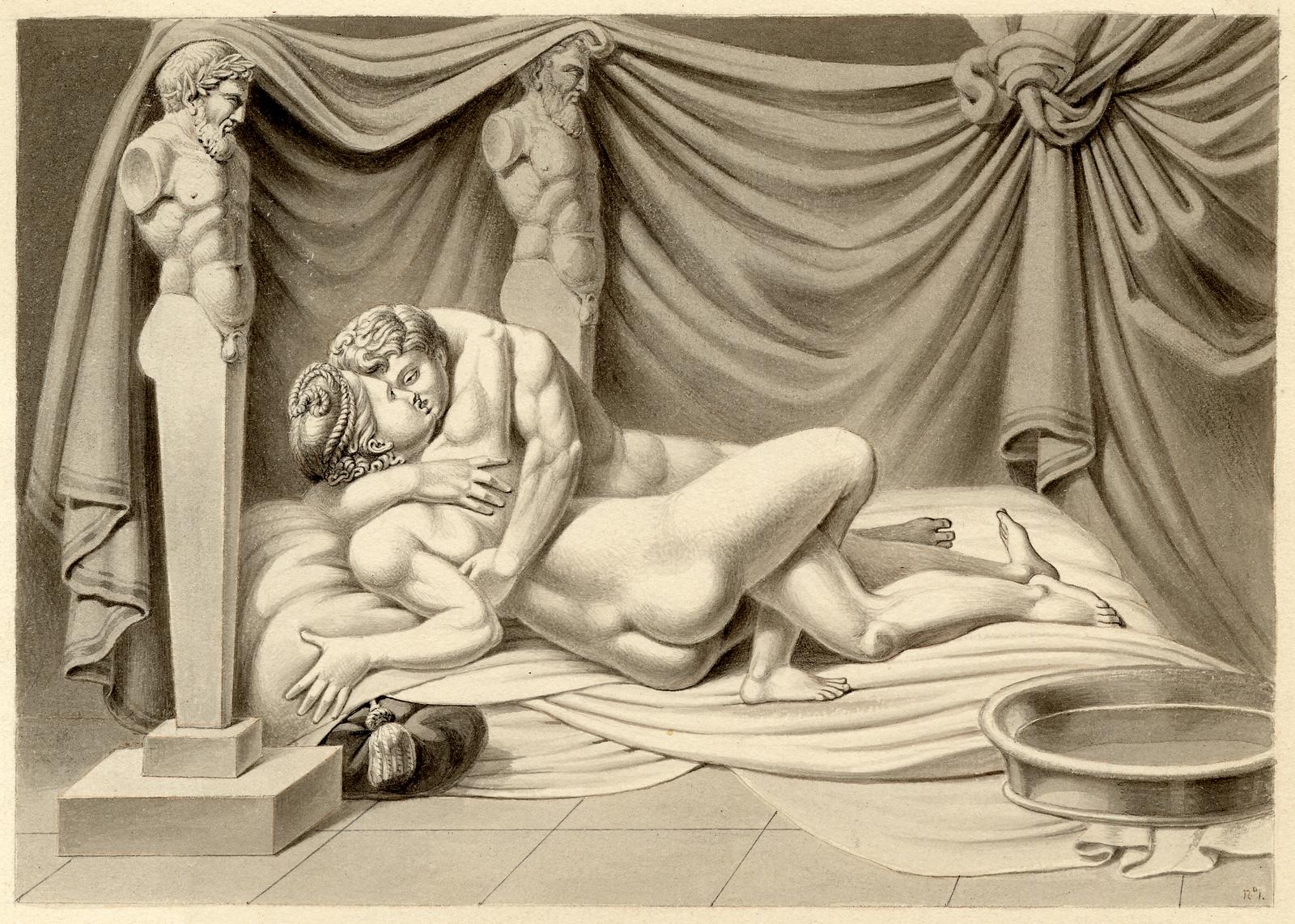
It was first printed in 1524 by Marcantonio Raimondi, who worked closely with Raphael on the etchings which helped spread his fame across Europe. But Raimondi also brought something else to Europe – porn. And some of the drawings and etchings presented here can be truly explicit.
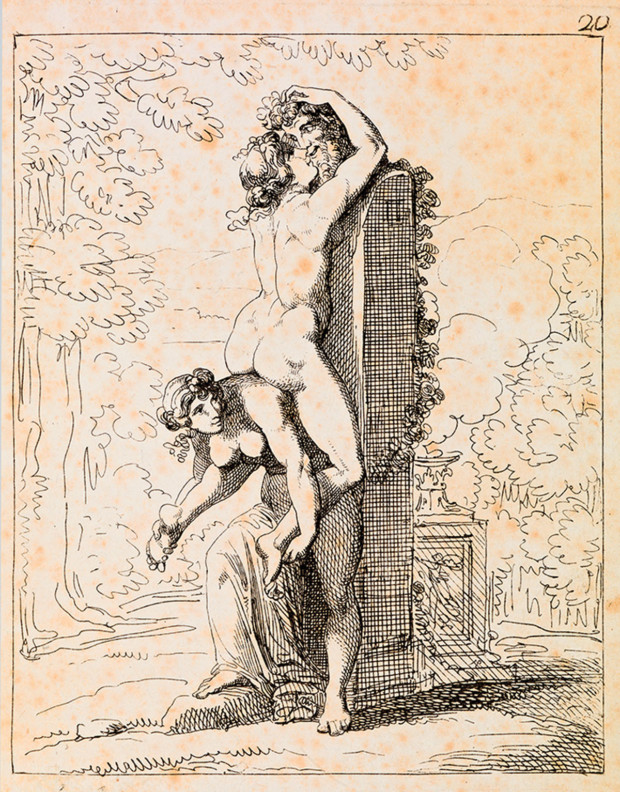
Raphael, who employed Raimondi, was at the center of a circle of sexual libertarians in Renaissance Rome. They hung out at the villa of Agostino Chigi, banker to the Vatican, who held wild parties in his garden by the Tiber and owned erotic art including a lewd statue of the horny Greek god Pan. The mood at his villa was hedonistic. One regular guest was the writer Pietro Aretino, who wrote of the erotic art in the villa:
Why shouldn’t the eye see what delights it most?
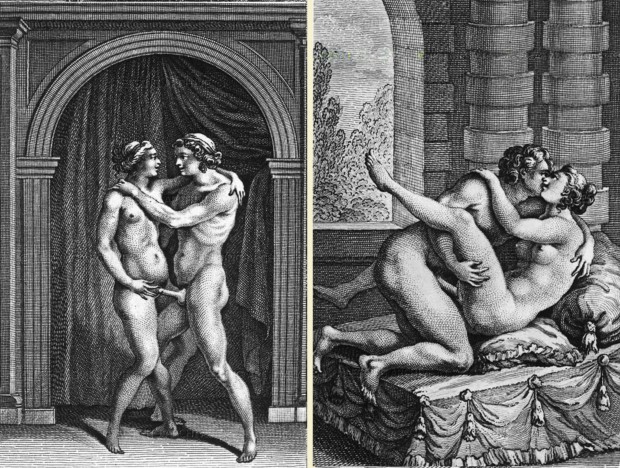
But back to I Modi. There is a popular story that the prints of I Modi were actually based on a series of erotic paintings that Giulio Romano did as a commission for Federico II Gonzaga’s new Palazzo Te in Mantua. In another version of the story, Romano made the drawings on the interior walls of the Vatican that he was supposed to be decorating. But it seems that these stories are definitely myths. According to recent research, Giulio Romano gave the drawings to Marcantonio Raimondi as a parting gift when Romano left Vienna to decorate the Palazzo Te in Mantua. Raimondi then made engravings of these drawings.
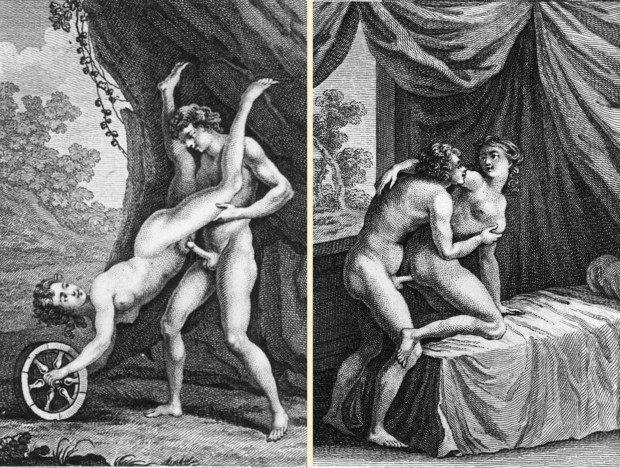
The first edition of I Modi was published by Raimondi in 1524 in Vienna and it rapidly became popular. Unfortunately, it wasn’t long before the Vatican found out about it and, deeming it to be obscene, demanded that all copies should be destroyed and Raimondi imprisoned. Romano did not receive any punishment, presumably because of his ties with the Vatican, though the official reason is that his erotic drawings were not meant for circulation among the public, whereas Raimondi’s engravings obviously were.
In 1527, Aretino, poet and political satirist campaigned for the release of Raimondi.
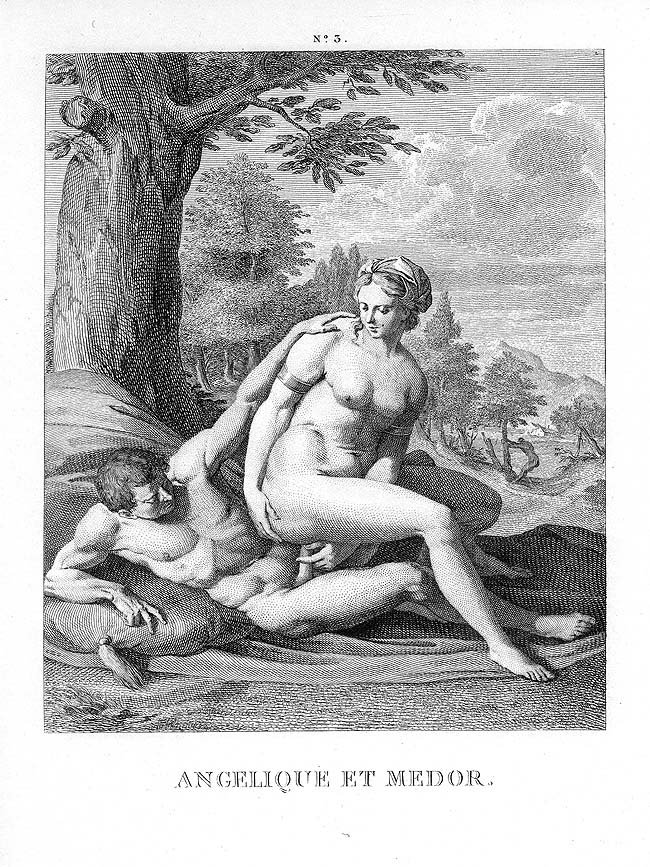
According to a letter by Aretino, when Raimondi was released he wanted to see the drawings that had caused all this commotion. Upon seeing the original erotic drawings, Aretoni says he was filled with the same inspiration that had been felt by the original artist. Aretino then wrote 16 erotic sonnets to accompany each of the drawings, describing the scene in each one, and I Modi was then reprinted with the 16 sonnets and engravings in 1527. But they were all destroyed by the Vatican. But in the mid-1800s, Count de Waldeck released a series of drawings that he says were based on original tracings from I Modi.

As you can see the images nominally depicted famous pairings of lovers (e.g. Antony and Cleopatra) or husband-and-wife deities (e.g. Jupiter and Juno) from classical history and mythology engaged in sexual activity, and were entitled as such. The bodies of those depicted show clear influences from classical statuary known at the time. These 18th-century engravings mixed classical myth and history within a contemporary setting – though their intention is still the same – to arouse and “educate” users about the joys of sex.
DailyArt Magazine needs your support. Every contribution, however big or small, is very valuable for our future. Thanks to it, we will be able to sustain and grow the Magazine. Thank you for your help!